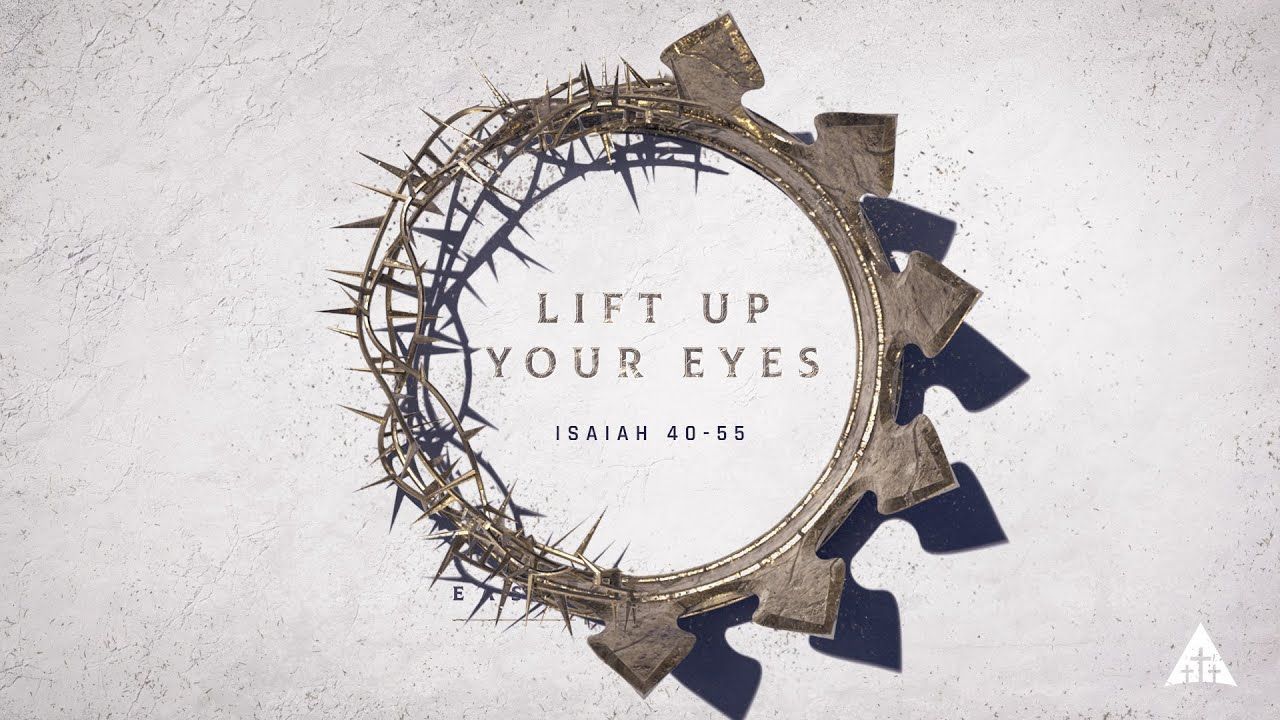Isaiah 11:1-10
Points to Ponder
December 15, 2024
Isaiah 11:1-10
1. Read through Isaiah 11:1-10 together two times. The first time, just listen as the passage is read. The second time, follow along in your bible, trying to notice if there are any words, phrases, or ideas that catch your attention. Share what you notice with one another. Is there anything you find either encouraging, confusing, or challenging about this passage?
2. Reflect together on the sermon from this past Sunday. What did you learn? Was there anything that you could particularly relate to? Did anything challenge you or encourage you?
3. Consider the lead up to Isaiah 11 for a moment: The king of Israel made an alliance with another nation, the Assyrians, rather than placing his hope and trust in the Lord. As a result, Isaiah predicted that Israel would eventually be destroyed and scattered. Reflect on these questions together:
a. What things do you sometimes put your trust and hope in, instead of trusting in God?
b. Have you ever experienced a time in your life where things seemed so ruined, so messed up or destroyed, it was difficult to imagine they could ever be restored?
4. Now, reflect on Isaiah 11:1 together. This verse offers the imagery of a stump, cut down to nothing, somehow bringing forth the hope of new life. Does this imagery resonate for you in any way? Have you experienced a time where new life emerged out of the wreckage of a seemingly hopeless situation? Or is there a situation in your life now where you are longing for renewal? What hope do you have?
5. Verses 6-9 offer a profound picture of peace. But it is a peace that seems quite impossible (ie: a wolf living with a lamb, a child putting it’s hand in a vipers den and not being bit)
a. Are there ways in which you are longing for greater peace in your life?
b. Do you have hope that it is possible? Or does peace feel like an impossible hope?
c. Reflect together on how the picture of impossible peace offered to us in Isaiah 11 paints a picture of God’s Kingdom. What hope does this give you?
6. Reflect further on the imagery in this passage, of a child in this seemingly dangerous situation with snakes, and yet, the danger has been removed. The snakes have no power to harm or destroy.
a. What connection might there be between the imagery of snakes in this passage, and the role of the snake in Genesis 3?
b. Through Christ’s death and resurrection, the sting of death has been removed. In what way does this change our view of death? What impact can this have on our grieving?
7. Read Isaiah 12:1-6. Although Isaiah’s prophecy for Israel is somewhat grim (they will be cut down and destroyed because of their constant refusal to trust in God). it is also filled with hope (a remnant of Israel will rise up and will return to the Lord and trust wholly in Him). Because of the promise of this future hope, there is cause to praise, and so here, chapter 12 offers a Song of Praise.
a. What helps you to praise God in the midst difficult and painful times?
b. What makes it difficult to find joy in all circumstances?
Pray for one another out of the things that you have shared. Pray especially for God to deepen your sense of trust in Him and strengthen your capacity for hope.


